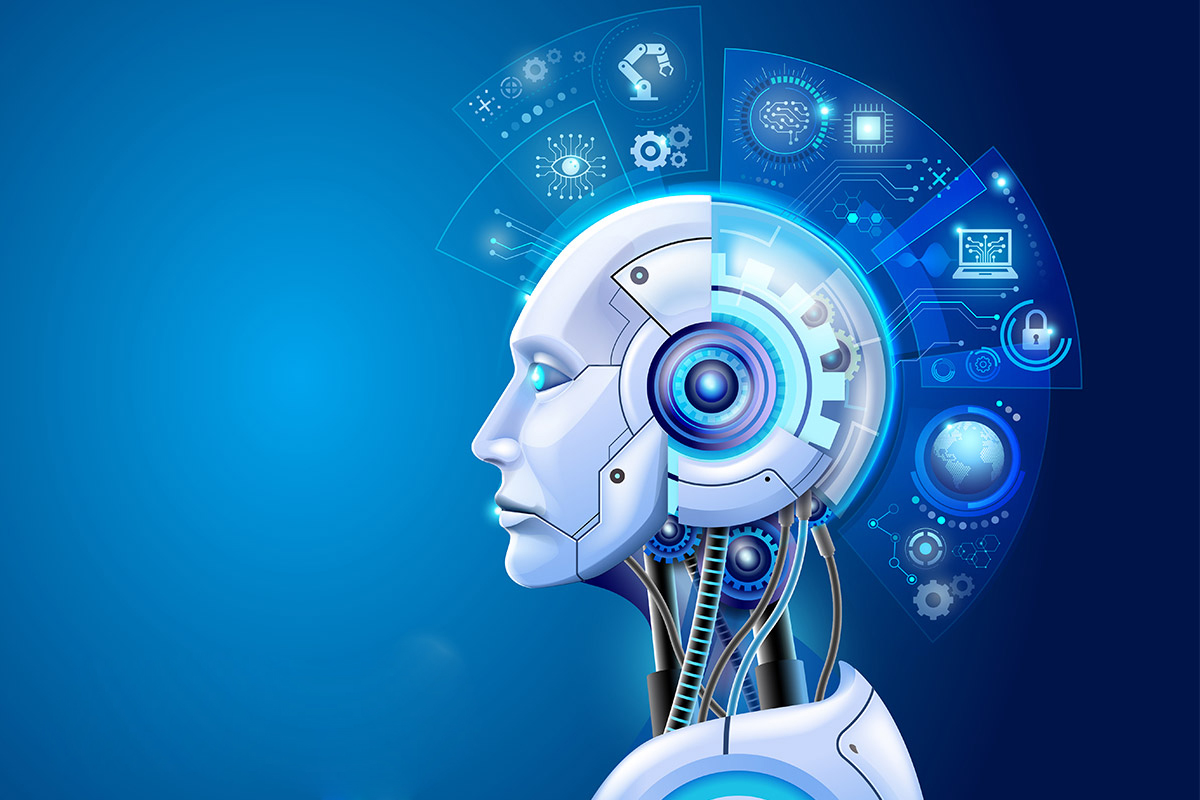Intermingling Concepts: The Impact of AI on Contemporary Software Development
In the current technological landscape, Artificial Intelligence has evolved beyond being a distinct specialization; rather, it has become an integral component of software development processes. Leveraging its adaptive learning and predictive analytics capabilities, AI serves as a catalyst, augmenting traditional programming methodologies.
For instance, AI applications have the capacity to suggest code snippets during program writing and provide solutions for encountered bugs, streamlining developers’ tasks into more manageable segments. These interfaces enhance efficiency and simplify the coding process.
Furthermore, AI-powered automation tools significantly reduce the need for human intervention in code development and deployment. They perform intricate operations like testing, debugging, and deployment with minimal supervision, minimizing the risk of errors and enhancing productivity.
A groundbreaking application is evident in data analysis, where Machine Learning algorithms swiftly process vast data sets, aiding developers in decision-making by revealing insightful patterns and predictions.
In terms of user experience design, integrating AI into the software development lifecycle has resulted in more intuitive interfaces. For example, predictive typing technology employed by keyboard apps utilizes machine learning to anticipate user input based on historical communication patterns. Additionally, AI can expedite tasks like removing backgrounds from photos, reducing the time required for software designers to create visual elements for the user interface.
The symbiotic relationship between AI and software development is truly revolutionary, introducing unprecedented efficiencies and capabilities within the domain.
Molding the Future: Predictive Analysis in Software Engineering with AI
The integration of predictive analysis into software engineering represents a captivating manifestation of AI’s potential. By adeptly analyzing vast datasets and extracting valuable insights, predictive modeling becomes a tool for anticipating common issues in the development process.
For example, these predictive models can foresee potential bottlenecks or flaws in a project during the planning stage. This proactive foresight enables teams to adjust their approach, minimizing downtime and avoiding unnecessary expenditures.
Furthermore, leveraging usage analytics obtained from completed applications contributes to optimizing product evolution through predictions based on user behavior. In the context of a mobile app, developers can anticipate the features most preferred by users and enhance the UI/UX accordingly.
In summary, the amalgamation of AI’s predictive capabilities with software development processes results in more intelligent solutions. These solutions not only proactively meet user needs but also optimize resources effectively.
Accomplishments and Milestones: Remarkable Innovations Propelled by AI in Software Development
The collaboration between Artificial Intelligence and software development has ushered in groundbreaking innovations, with notable examples including:
- Code Generation: AI has entered the coding domain through platforms like Kite and DeepCode. These utilize machine learning to provide instant code solutions tailored to users’ needs.
- Testing Automation: Tools such as Appvance leverage artificial intelligence for test scripting, accelerating debugging processes while aligning with real-world scenarios more accurately. Even ChatGPT can find implementation in this context.
- Project Management: Advanced project management apps like ClickUp use AI to anticipate potential hurdles in projects, optimizing workflows accordingly.
- Personalized User Experiences: Products like Morph.in harness AI to craft personalized user interfaces that adapt to individual preferences.
These remarkable advancements illustrate how integrating AI into traditional software design practices creates a dynamic landscape filled with promising possibilities. Let’s focus on the coding aspect, exploring how AI can specifically lower the barrier to entry for what is typically perceived as a technically complex process.
Algorithmic Impact: How AI-Driven Algorithms Influence Efficient Code Generation
As previously mentioned, the integration of AI into code generation has revolutionized the way developers approach software development. Machine learning algorithms play a pivotal role in automating segments of the coding process, resulting in heightened efficiency and precision. These transformative developments include:
- Code Suggestions: Autocompletion platforms like TabNine harness deep learning to deliver real-time code suggestions based on user input, streamlining and simplifying the coding process.
- Error Detection: Intelligent tools like Codacy diligently scan through codebases, identifying bugs or vulnerabilities before they can potentially cause damage, ensuring a more robust and secure software development process.
- Refactoring Assistance: Tools such as Sourcery employ artificial intelligence to propose refactorings for written Python code, aiding developers in maintaining efficiency through the production of high-quality, readable code. ReSharper stands as another noteworthy example of an AI-based refactoring tool that supports multiple languages, facilitating the upkeep of a clean code structure while identifying opportunities for improvement.
These advancements present a vision of the future where routine tasks are automated, providing developers with more time and cognitive resources to concentrate on intricate problem-solving. This shift ultimately leads to heightened productivity and accelerated software roll-outs.
Facing Challenges Ahead: Addressing Potential Downsides in the Integration of AI and Traditional Coding
While the convergence of AI and traditional coding holds great promise, it brings along a set of challenges that warrant careful consideration:
- Dependency on Tools: Excessive reliance on AI-powered tools may potentially impede developers’ skills over time, leading to increased dependency that could compromise creativity in the long run.
- Security Concerns: Integrating machine learning into software engineering introduces complexities that may result in security vulnerabilities. Attackers could exploit these vulnerabilities, posing significant risks to the integrity and confidentiality of the software.
- Data Bias Issues: The use of biased training data in machine-learning algorithms can lead to skewed predictions and faulty decision-making during development processes. This introduces ethical concerns and the need for careful scrutiny of training datasets.
- Lack of Transparency: Debugging errors within an algorithm becomes more challenging due to the inherent opacity of how these models make decisions, often referred to as the ‘black box’ problem. This lack of transparency can hinder developers’ ability to understand and troubleshoot issues effectively.
Despite the breakthrough technological advancements, these considerations serve as a reminder that the effective integration of AI and traditional coding demands caution and a thoughtful strategic approach. Balancing the benefits of AI with these challenges is crucial for ensuring a sustainable and reliable software development landscape.
Final thoughts
As the remarkable synergy between AI and software development continues to thrive, the role of AI in this domain is anticipated to undergo even more transformative changes.
By proactively addressing upcoming challenges and fully leveraging the potential of integrated tools, we are poised on the brink of an exhilarating technological evolution. In essence, ignoring this trend is not an option; rather, embracing it offers significant benefits and opportunities for growth.




